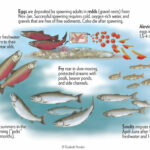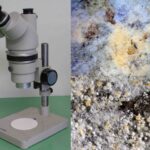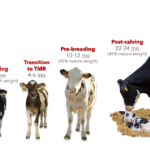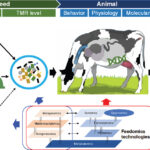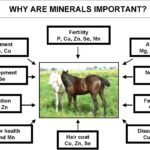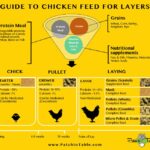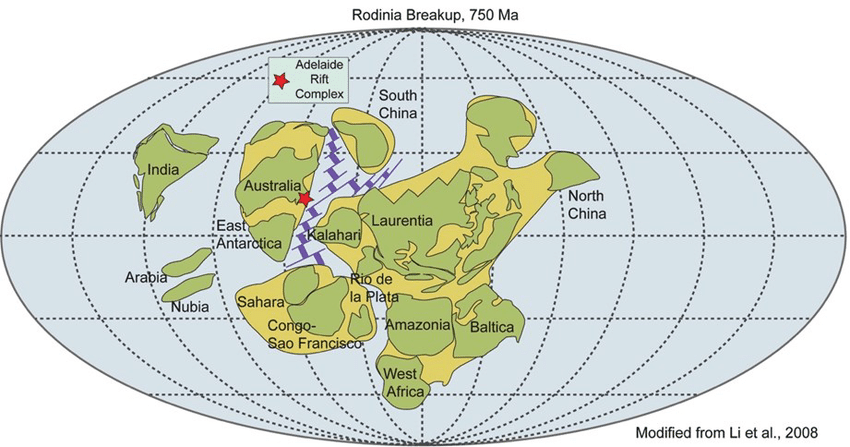Biodiversity, the variety of life across genes, species, and ecosystems, is crucial for ecosystem stability and human well-being. Unfortunately, biodiversity is depleting at an alarming rate due to various natural and human-induced factors.Biodiversity loss refers to the decline in biological diversity within species, ecosystems, geographic regions, or the entire Earth. Biodiversity encompasses genetic variation, species abundance, and the complexity of biological communities within different ecosystems, from local habitats to the global biosphere. A decrease in biodiversity disrupts ecosystem functioning, potentially leading to environmental instability.
Causes of Biodiversity Loss
The primary drivers of biodiversity loss include human population growth, increased resource consumption, and inefficiencies in resource use. While biodiversity loss is often associated with species extinction, it also includes declines in genetic diversity and population sizes. These changes can disrupt social structures within species, making reproduction more difficult and leading to further declines. Additionally, reduced genetic variation can result in inbreeding, which weakens species’ resilience.
Even without complete extinction, species may experience a reduction in their ecological roles. For example, deforestation leads to the loss of tree-related functions such as temperature regulation, nutrient cycling, and habitat provision.
Natural Biodiversity Loss
Biodiversity naturally fluctuates due to seasonal changes and ecological disturbances such as wildfires, floods, and volcanic eruptions. These changes, however, are typically temporary, and ecosystems have evolved mechanisms to recover.
Human-Driven Biodiversity Loss
Human activities cause more severe and long-lasting biodiversity loss. Land use changes, such as agriculture and urban expansion, have transformed significant portions of natural habitats. For example, approximately 51 million square kilometers of land have been converted for agricultural use, leading to a drastic reduction in wildlife populations. The biomass of humans and their livestock far outweighs that of wild mammals and birds. Current species extinction rates are estimated to be 100 to 10,000 times higher than natural background rates, with up to one million species at risk due to human activities.
Major Drivers of Biodiversity Loss
6/ Habitat Destruction and Fragmentation
1. Habitat Destruction and Fragmentation
Deforestation: Large-scale clearing of forests for agriculture, urbanization, and infrastructure development.
Wetland Drainage: Conversion of wetlands into agricultural or industrial land.
Fragmentation: Breaking up of habitats into smaller, isolated patches, affecting species survival.
Example: The destruction of mangrove forests in Pakistan’s coastal areas has led to declining fish populations.
2. Climate Change
Global Warming: Rising temperatures affect species’ reproductive cycles and migration patterns.
Extreme Weather Events: Increased frequency of droughts, storms, and wildfires.
Ocean Acidification: Excess CO₂ lowers pH levels, threatening marine biodiversity like coral reefs.
Example: Shifts in the flowering periods of plants disrupt pollinator species like bees.
3. Pollution
Air Pollution: Acid rain alters soil chemistry and affects sensitive species.
Water Pollution: Industrial waste and agricultural runoff harm aquatic life.
Soil Pollution: Pesticides and heavy metals reduce soil biodiversity.
Example: Plastic pollution in the Arabian Sea impacts fish populations and seabirds.
4. Overexploitation of Resources
Overfishing: Depletes fish populations beyond their recovery capacity.
Unsustainable Agriculture: Monocropping and excessive pesticide use deplete soil fertility.
Illegal Wildlife Trade: Poaching threatens species like pangolins and tigers.
Example: Overgrazing in the Cholistan Desert reduces native plant diversity.
5. Invasive Species
Non-Native Species: Introduced species often outcompete native ones for resources.
Predation & Disease: Invasive species may introduce new diseases to native populations.
Example: The introduction of Tilapia fish has disrupted native fish populations in Pakistan’s freshwater bodies.
II. Consequences of Biodiversity Depletion
1. Ecosystem Imbalance: Disruption of food chains and ecosystem services like pollination and water purification.
2. Reduced Agricultural Productivity: Loss of pollinators like bees decreases crop yields.
3. Increased Disease Outbreaks: Biodiversity loss disrupts natural disease control mechanisms.
4. Economic Loss: Decline in fisheries, forestry, and tourism sectors dependent on biodiversity.
5. Climate Feedback Loops: Loss of carbon-sequestering ecosystems like forests accelerates climate change.
Interactions Among Drivers
The combined impact of these factors accelerates biodiversity loss. Habitat fragmentation increases vulnerability to invasive species, while habitat destruction and overhunting threaten species like the Bornean orangutan. For example, palm oil cultivation in Indonesia and Malaysia has led to significant deforestation, putting numerous species at risk.
Ecological Consequences
Loss of biodiversity affects ecosystem productivity, resilience, and function. Reduced species diversity weakens food chains and nutrient cycles. When ecosystems lose complexity, they become less adaptable to environmental changes. Beyond a critical threshold, ecosystems may collapse, transforming into barren landscapes, croplands, or urbanized areas. Additionally, the loss of specialist species increases ecosystem homogenization, reducing regional biodiversity.
Economic and Societal Impacts
Biodiversity loss affects human economies and well-being. Many industries rely on biodiversity for food, medicine, and raw materials. Reduced genetic diversity among crops, such as the vulnerability of Cavendish bananas to disease, threatens food security. Additionally, biodiversity loss limits medical discoveries, as some species contain compounds with pharmaceutical potential. Traditional medicines and natural resources also face depletion, further harming communities reliant on biodiversity.
Solutions to Biodiversity Loss
Conservation efforts must address the root causes of biodiversity loss through policy, economic incentives, and education. Key strategies include:
Habitat Protection – Preserving critical ecosystems prevents further degradation.
Sustainable Development – Balancing economic growth with environmental conservation.
Stronger Wildlife Protections – Enforcing laws against poaching and illegal wildlife trade.
Monitoring and Research – Utilizing global efforts such as the IUCN Red List to prioritize conservation initiatives.
Hotspot Conservation – Focusing on biodiversity-rich regions ensures the survival of unique species.
Global Conservation Efforts: International agreements, such as the Convention on Biological Diversity, promote biodiversity protection. The Aichi Biodiversity Targets, established in 2010, aimed to integrate biodiversity concerns into global policies. By 2019, progress was made in protecting marine and terrestrial environments, but continued efforts are necessary to mitigate ongoing biodiversity loss.
Biodiversity loss is a critical environmental issue with far-reaching ecological, economic, and social consequences. Addressing this crisis requires coordinated efforts in habitat conservation, sustainable resource management, and global policy initiatives. Without immediate action, the continued decline of biodiversity may lead to irreversible changes in ecosystems and threaten global stability.
Thank you for reading. Don't forget to subscribe & share!

